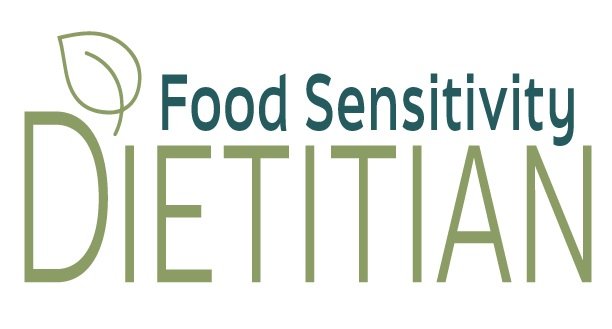Sweets for Soy Sensitivities
Candy and chocolates of various kinds make excellent gifts for loved ones as the holiday season approaches. However, finding tasty sweets that meet dietary concerns may be difficult for many people. First, why is soy in sweets?
Many chocolates and candies sold in the U.S. may contain soy. Soy-containing products typically refer to soy oils or lecithin. Many brands use soy lecithin as an additive to improve the shelf life of their products. The lecithin is also an emulsifier that binds cocoa powder, milk, and sugar together with cocoa butter. This results in lowering the texture to its familiar consistency of chocolate. Edamame and tofu are foods made from soy; however, soy oil is somewhat different. Soy oil is a neutral oil, prevalent in numerous sold products.
What is soy sensitivity?
Soy sensitivity is a bodily response that occurs when soy proteins are considered harmful. The body carries antibodies that detect soy proteins and release chemicals into the bloodstream, resulting in various symptoms.
It is relevant to mention that many clients show soy sensitivity from its preparations and interactions of soy rather than soy proteins.
Briefly noted in a research article, soy preparations were "proven that preparations, even hydrolysates, contain immunoreactive proteins that may be the source of hidden allergens, even though they are not recognized as dangerous by well-educated respondents."
Symptoms and Labeling
A growing number of people in the U.S., both children and adults, are experiencing soy allergies or sensitivities. The symptoms of soy sensitivity can range from mild to severe. Symptoms may include itching, tingling sensation in the mouth, rashes, abdominal pain, or diarrhea. It is crucial for additional research on soy sensitivities in adults, as most soy allergies and sensitivity research concentrates on children.
According to the U.S. FDA, the Federal Food, Drug, and Cosmetic Act is a federal law that requires the inclusion of major food allergens on food labels. The significant allergies listed on food packaging include milk, eggs, fish, crustaceans/shellfish, tree nuts, wheat, peanuts, soybeans, and, most recently, sesame.
The act also requires food sources for any ingredient that contains a substantial amount of a food allergy to be listed. When grocery shopping, reading labels is the best way to avoid products that may contain soy. Look for the food allergen label on food packaging, usually starting with the keyword "contains." In other cases, the allergen follows the item in parenthesis. Similar to "lecithin (soy)" and "flour (wheat)."
Examples
Here are some sweet treats that do not contain soy products:
Skittles
Sour Patch Kids
Unreal Chocolates
Toll House Allergen-Free Chocolate Chips
Learn more about how the Food Sensitivity Program can help you discover if you'‘re sensitivity to soy.

